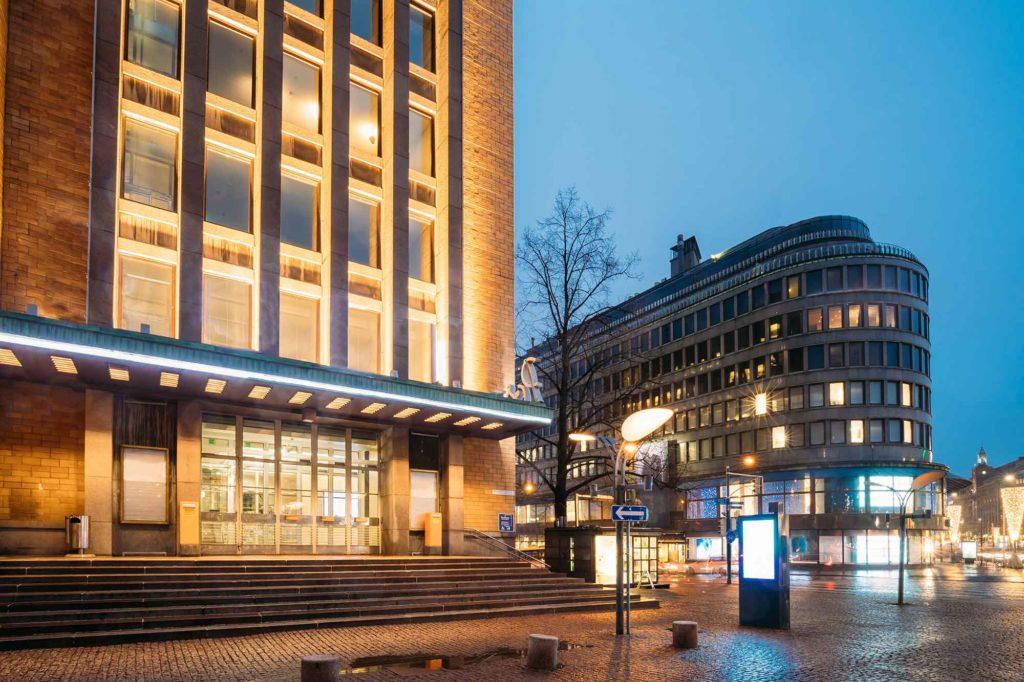Don’t be late when submitting your complaints to the developer
Particularly in the past few years, there has been a lot of talk about the quality of construction and construction supervision, and for good reason. Significant deficiencies or even gross construction defects are more and more often observed in recently completed buildings.
As a binding agreement on a new home is often made when the housing company is still being built, a system to protect buyers of new apartments has been included in the Housing Transactions Act (the RS system).
A person buying a new apartment has the right to expect to receive an impeccable home that will not require any major renovation in the near future. The reality is often something completely different, however. The housing company can save a lot by being alert.
One-year inspection and releasing construction period securities
Compliance with the RS part of the Housing Transactions Act is mandatory for the founding shareholder (the seller) if the selling of the apartment starts before the building inspection authority has approved the building(s) for use.
”At that time, the seller must place a bank guarantee or a similar security to protect the shareholders, i.e. the developer must provide three different securities for performance of its work: a construction period security, a security for the period after construction and the founding shareholder’s performance guarantee”, explains Jussi Laaka, an attorney specialising in housing and real estate law from Asianajotoimisto Jussi Laaka Oy.
The security system has been built in such a manner that one of the securities is valid at all times starting from the first transaction and ending when ten years have passed from the building’s approval for use.
”One should note that of the RS securities, the construction period security, in particular, is linked to the one-year inspection and is provided for the purpose of securing that any deficiencies detected during the one-year inspection are repaired. Hence, the housing company must prepare the fault reports (snagging lists) with care to ensure that the right to receive the security is retained”, Jussi Laaka points out.
One-year inspection is the correct time to point out errors
The Housing Transactions Act also includes regulations on the one-year inspection of a new apartment. The founding shareholder (the developer) must arrange the inspection 12–15 months after the building inspection authority approved the building for use. The binding regulation in the Housing Transactions Act has been laid to protect the buyer of a home. In practice, the buyer and the housing company have one year to observe any errors or deficiencies so that they can report them to the founding shareholder (the seller) in connection with the one-year inspection.
The founding shareholder (the seller) is obligated by law to repair all faults and deficiencies presented at the one-year inspection. There is no such obligation in the case of any faults or deficiencies presented in arrears. The owners of new apartments and the housing company should therefore invest in the one-year inspection and have an expert survey the building before the inspection.
Minor structural damage that may seem insignificant can easily be overlooked in a building that is only one year old, but reporting it in connection with the one-year inspection is of utmost importance. If a complaint on the faults and deficiencies is not lodged on time, the housing company and the buyers may have to pay thousands of euros to repair them over the course of the years.
Major problems with exterior face structures
Inspecting the entire exterior face of a building, particularly an apartment building, is difficult without the proper tools. Having an expert survey the exterior face in due time before the one-year inspection is thus recommended so that the faults and deficiencies can be reported to the developer on time.
The most common faults in the exterior face structures of new buildings are deficiencies in cladding and joints, unfinished structures and deficiencies caused by erroneous installation order of structures. Structural solutions that are not suited for the conditions on site as well as structures for which there were no plans and that were just realised somehow on site are also often observed. Nowadays, the exterior faces of new buildings often have several different types of structures, in which case there are also more joints that may cause leaks if defectively realised.
”Work on the exterior faces of buildings should be supervised more in general. There are too many cases in which nobody studies the work quality by using a person hoist before handover. It’s no wonder that there are leaks also in new buildings”, says Santtu Suvanen, Construction Engineer, who specialises in concrete structure condition surveys in the Condition Survey unit of Raksystems Insinööritoimisto Oy.
”Regrettably often you notice deficiencies in the exterior face that allow water to flow into the exterior face structures and from there to the insulation materials, which may cause humidity damage in the exterior face structures over time”, Suvanen says.
The fault reports from exterior face inspections of buildings aged approximately 12–15 months by Raksystems include forty deficiencies on average, most of them recurring ones.

Request a quote or contact us!
Our customer service is available at our nationwide customer service number on weekdays from 8:00 am to 4:00 pm.



